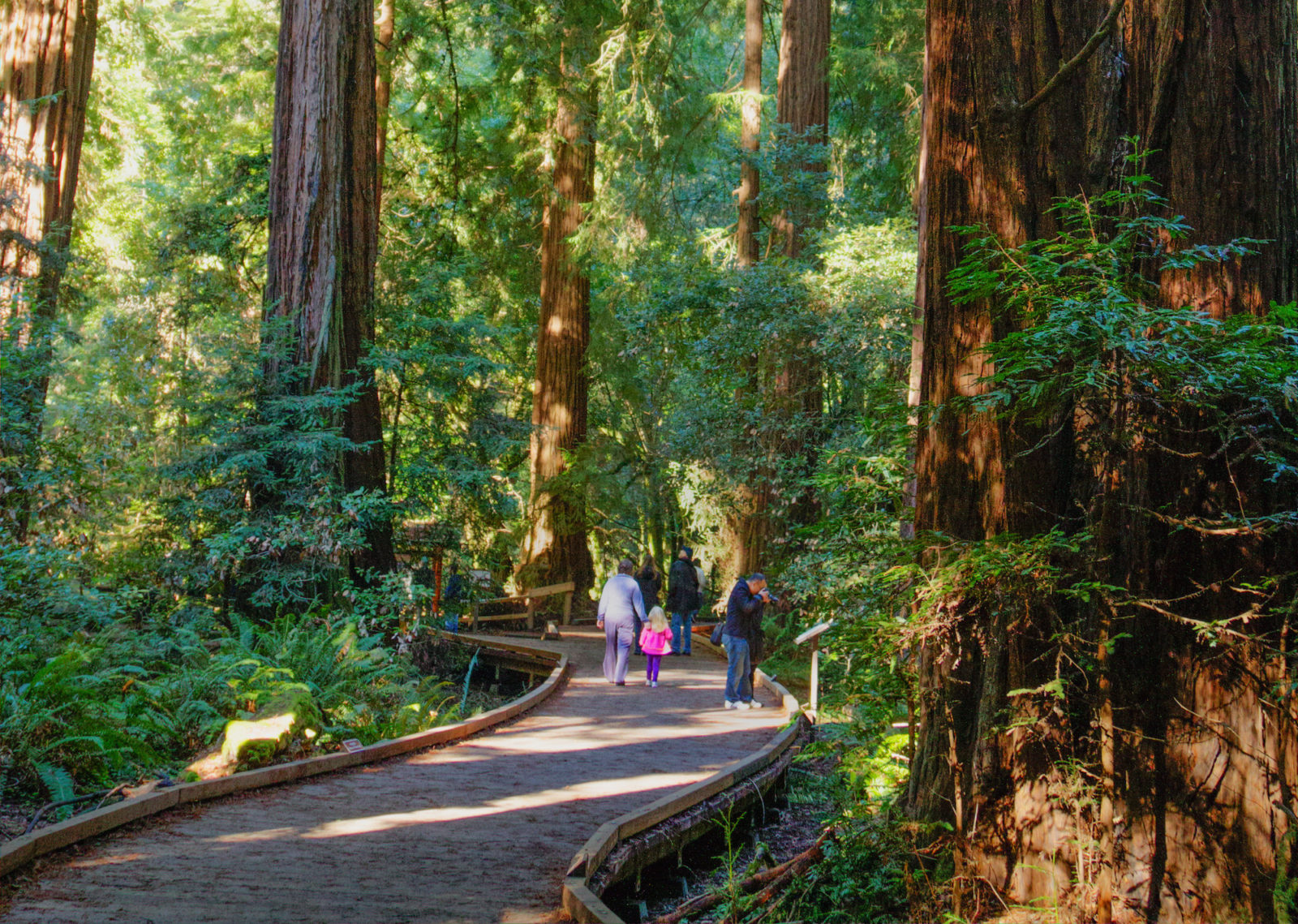Candlestick Point State Recreation Area in southeast San Francisco is California’s first urban state park, and offers city-dwellers a slice of nature along the Bay. State budget cuts landed it on the list of park closures, even though a massive redevelopment project next door promises to deliver $50 million to Candlestick.
-150x150.jpg)


-150x150.jpg)
-150x150.jpg)
-150x150.jpg)
-150x150.jpg)
-150x150.jpg)
-150x150.jpg)
-150x150.jpg)
-150x150.jpg)
-150x150.jpg)